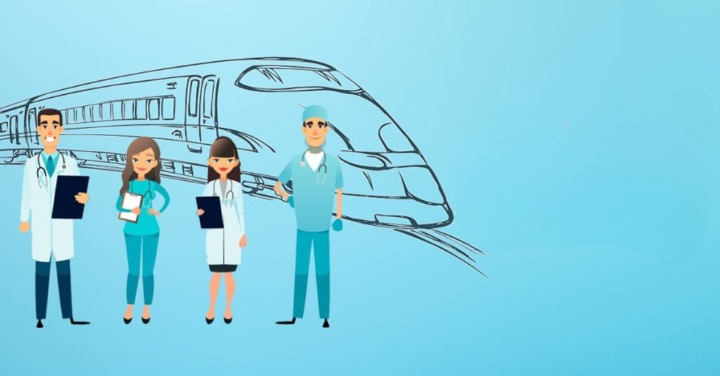Medical care on India’s trains is running late, with passengers at risk (The Hindu)

- 15 Jan 2024
Why is it in the News?
The Balasore train accident in June 2023 raised important concerns about rail safety, but it was largely about accident-related safety.
Provision of Medical Care in Railway:
- In 1995, a ‘Special first aid box’ was provided in long-distance superfast trains, Shatabdi and Rajdhani trains.
- In 1996, as part of a pilot project, Railways stationed a medical team in two long-distance trains.
- This team consisted of a medical officer, a male nurse, and an attendant.
- The Railways subsequently discontinued the service – but to make healthcare accessible, it decided to give doctors travelling on trains a 10% discount if they were willing to provide medical services en route.
- In 2017, the Supreme Court directed the Railways to set up a committee consisting of experts from the All India Institute of Medical Sciences (AIIMS) to recommend further measures.
- Based on the committee’s recommendations, the Railways decided to modify the contents of the first aid boxes and provide them at all railway stations and in all passenger-carrying trains.
- It also mandated first-aid training for railway staff at the time of joining and once every three years.
- In 2021, the Railways launched an integrated helpline number – 139 – for all queries concerning the railways, including medical assistance.
Way Forward
- Railways should ensure the updated 88-item first-aid list is in place on all trains and that passengers are aware of these services.
- Periodic inspections are necessary to maintain the quality of care as well.
- Finally, the Railways need to install a system to capture data on the healthcare needs of people travelling on trains and use that to inform policy.
